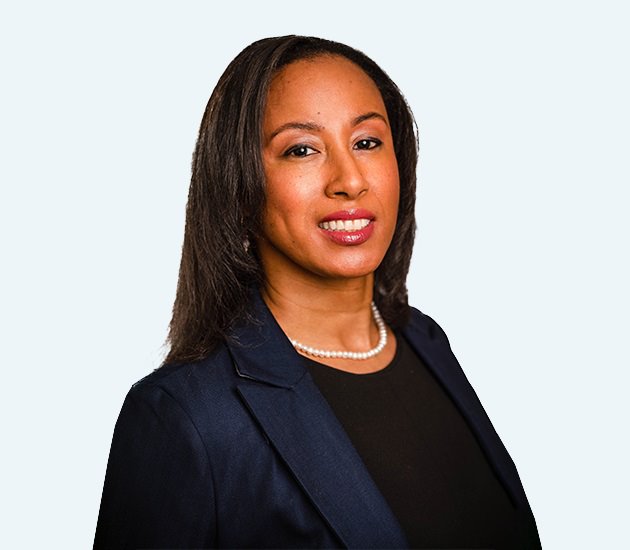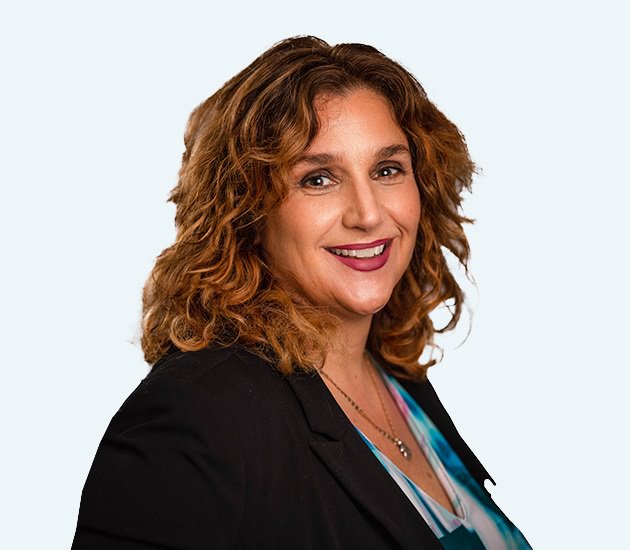Boston Employment Immigration Attorneys You Can Trust
For more than 60 years, the Law Offices of Spar & Bernstein have guided individuals and businesses in the Boston area through employment-based immigration cases.
Our knowledge of federal immigration law and local landscape ensures the best approach in each specific situation.
Why Choose Spar & Bernstein For Employment Immigration Services In Boston?
Are you an international professional seeking to work in Boston? Or a local employer wishing to sponsor a skilled worker, so your company gets a competitive edge?
Our team will help you throughout the employment immigration process, from filing your initial petition to responding to the U.S. Citizenship and Immigration Services (USCIS) requests.
Boston By The Numbers: Employment Immigration
- Boston has one of the highest employment concentrations in the United States, with over 40,000 small businesses and 657,000 jobs.
- Boston is home to 43 private sector companies, employing 132,000 people, or 21% of the total jobs in the city.
- The largest private employer in Boston is Massachusetts General Hospital, employing 11,415 people.
- An estimated 76.5% of immigrants living in Boston are part of the city’s labor force.
Choosing The Right Work Visa In Boston: Temporary or Permanent?
If you’re pursuing employment opportunities, it’s important to understand the difference between temporary and permanent work visas.
- A temporary (nonimmigrant) worker is allowed to work in the U.S. for a limited time under a specific visa type, such as H-1B, or L-1.
- A permanent (immigrant) worker may live and work in the U.S. long term, often through an employer-sponsored Green Card.
Our Boston employment lawyers will help you understand which option fits your situation and guide you through the application process.
Employment-Based Immigrant Visas: Options For Boston Workers & Employers
If you’re looking to live and work in the U.S. permanently, you can apply for an employment-based immigrant visa, also known as an employer-sponsored Green Card.
Common employment-based Green Card categories include:
EB-1
- For individuals with extraordinary ability in science, arts, education, business, or athletics (no job offer required)
- For outstanding professors and researchers with international recognition
- For multinational executives and managers transferring to a U.S. office
EB-2
- For professionals with an advanced degree or equivalent, typically requiring Permanent Labor Certification (PERM) Labor Certification
- For individuals with exceptional ability whose work benefits the U.S. national interest
EB-3
- For skilled workers, professionals, and other workers performing jobs that U.S. workers are not available to fill
EB-4
- For special immigrants, including certain religious workers, broadcasters, and others
EB-5
- For immigrant investors who invest significant capital into a U.S. business and create or preserve jobs
Spouses and unmarried children under 21 of the principal applicant are typically also eligible to apply for a Green Card.
Temporary Work Visas: Nonimmigrant Employment Options
Short-term work in the U.S. doesn’t follow a one-size-fits-all model. From seasonal jobs to executive transfers, your goals determine the right visa option, and Spar & Bernstein will help you navigate them.
If you’re looking to work in the U.S. on a temporary basis, there are a range of nonimmigrant visas you can consider.
- H-1B: For professionals in specialized occupations such as IT, finance, engineering, and healthcare
- H-2A: For temporary agricultural workers from eligible countries
- H-2B: For seasonal or temporary non-agricultural work, such as hospitality or landscaping
- H-3: For workers coming to the U.S. for training or educational programs
- L-1: For intracompany transferees, including managers, executives, or employees with specialized knowledge
- O-1: For individuals with extraordinary ability in science, arts, education, business, or athletics
- O-2: For essential support personnel accompanying O-1 visa holders
- O-3: For spouses and children of O-1 visa holders
- P visas: For athletes, entertainers, coaches, and performance groups
- R-1: For temporary religious workers, such as ministers or missionaries
- I visas: For foreign media representatives, including journalists working in the U.S.
Work-Connected Visa Options Beyond Standard Employment Categories
In addition to the permanent and temporary visas allowing you to work in the United States, there are visa categories that give you the right to work, train, invest, or conduct business in the U.S. on a temporary basis.
Treaty Trader and Investor Visas
- E-1 Visa: For treaty traders conducting substantial international trade between the U.S. and their country of origin
- E-2 Visa: For treaty investors who make a significant investment in a U.S. business
These visas require the applicant’s home country to have a qualifying treaty with the United States. Our Boston employment lawyers can help determine your eligibility and prepare your application.
Other Visas Spar & Bernstein Can Help With
Student Visas
- F-1 Visa: For full-time academic students enrolled in U.S. schools or universities
- F-2 Visa: For dependents of F-1 visa holders
- M-1 Visa: For students in vocational or technical programs
Exchange Visitor Visas
- J-1 Visa: For individuals in educational and cultural exchange programs, including internships, research, or teaching (through the U.S. Department of State)
- Q-1 Visa: For cultural exchange visitors in employment-based programs approved by USCIS
Visitor Visas
- B-1 Visa: For short-term business visitors, such as attending meetings, negotiating contracts, or participating in training
How To Apply Or Sponsor An Employee For A U.S. Work Visa
The process for applying for an employment-based visa depends on your various factors, such as your job type and the visa category you’re applying for.
Some visas require PERM certification, while for others, you need to apply directly with USCIS or go through consular processing abroad.
Because of this complexity, working with a knowledgeable employment lawyer is key. They’ll guide you through the process, helping you avoid costly errors and moving your case forward.
Legal Representation for Employment Immigration Cases in Boston
Employment-based immigration law is complex and constantly evolving. With local insight into USCIS and consular processing norms affecting Boston-based applicants, we provide informed and reliable representation tailored to your case.
Boston Employment Visa Questions Answered
Can I Switch Employers In Boston While on a Work Visa?
It depends on the visa type. For example, if you have a H-1B visa, you might be able to transfer to a new employer, but the new employer must file a petition to sponsor you. Some visas like L-1 or O-1 are employer-specific. Before changing jobs, talk to our employment immigration attorneys at Spar & Bernstein to understand your options.
What Happens If My Employment-Based Visa Is Denied?
If your visa is denied, you may have options such as filing a motion to reopen, submitting a new petition, or appealing the decision. Schedule a consultation and we’ll review the denial reasons and develop a strategy for your case.
Can My Family Join Me If I Have An Employment Visa?
Most employment-based visa categories allow spouses and unmarried children under 21 to apply as derivative beneficiaries.
Are There Caps On Employment-Based Visas?
Many employment visa types are subject to annual caps and country-specific limits. Planning and timing are critical for managing priority dates. Reach out to our team at Spar & Bernstein to ensure a smooth process.
How Long Does The Employment Visa Process Take?
Processing times vary by visa type, applicant’s country of origin, and category. Temporary visas may take a few months, while Green Cards can take 1–3 years or longer, especially for high-demand countries.
Can I Apply For A Green Card Without A Job Offer?
Yes, in some cases, that’s possible. For example, EB-2 National Interest Waiver (NIW) subcategory allows self-petitioning without an employer sponsor. Talk to our knowledgeable employment immigration lawyers to understand your options.
What Is PERM Labor Certification And Do I Need It?
Permanent Labor Certification (PERM) is a process used by the U.S. Department of Labor (DOL) to certify that there are no qualified U.S. workers available for the role for which employers are looking to hire workers. Employers sponsoring foreign workers must complete the PERM process before filing a Green Card petition. At Spar & Bernstein, we help Boston companies manage every step, from job postings to DOL filings, and compliance.
Do All Employment-Based Green Card Categories Require A PERM Certification?
No, while EB-2 and EB-3 typically require PERM, other categories like EB-1 for extraordinary ability or multinational managers, do not require certification. Call our attorneys and we’ll help you define the best path for your goals.
Can I Work While My Employment-Based Green Card Is Pending?
If you’re already in the U.S. on a valid work visa (like H-1B or L-1), you can typically continue working. If you’ve applied for adjustment of status, you may need to file Form I-765 for a work permit. Talk to our Boston employment immigration lawyers to understand your options.
What If I Lose My Job While On A Work Visa In Boston?
If you’re laid off or leave your job, you may have a 60-day grace period to find a new sponsor, change your visa status, or leave the U.S. Timing is critical in protecting your legal status. Call our experienced and compassionate attorneys at Spar & Bernstein for advice into your next steps.
What Is A Priority Date And Why It's Important?
Your priority date is the date your PERM or Form I-140 is filed. It determines your place in line for a Green Card based on your visa category and country of origin. As a trusted employment immigration law firm, we can help you track Visa Bulletin updates and ensure you don’t miss important deadlines or steps.
Bradford H. Bernstein, a second-generation leader at Law Offices of Spar & Bernstein, P.C., has helped over 100,000 clients with immigration and personal injury issues. Brad joined the firm in 1993, became a partner in 1997, and assumed leadership in 2000 after Harry Spar retired.
View Brad's Bio






